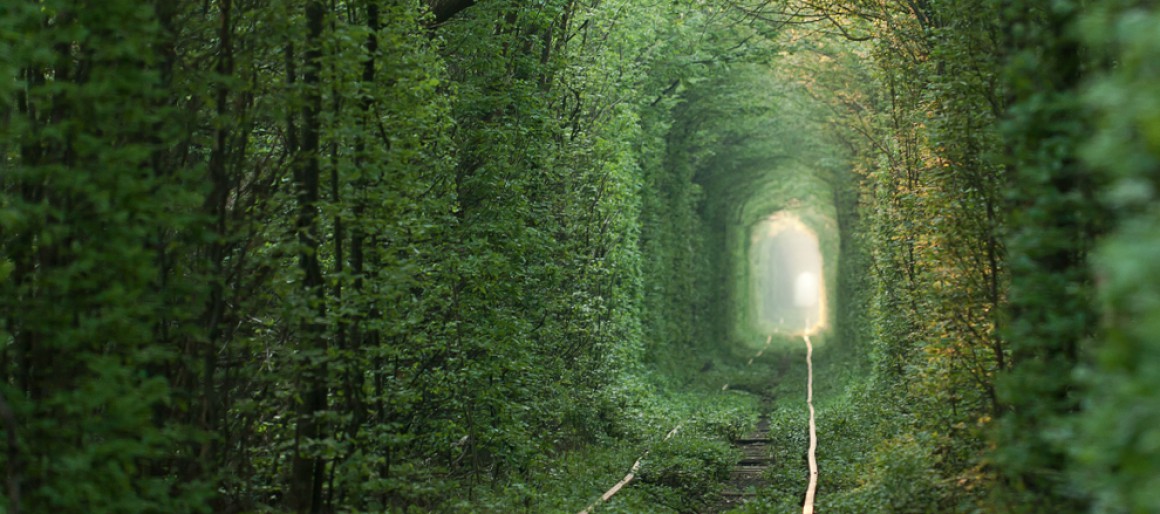
This may or may not be a surprise to you but there or many different types of robes worn by Buddhists. The wearing of these robes dates back to when Siddhartha became the Buddha. It is interesting to note that in the depiction of the Buddha, in statues or otherwise, the clothes he wears are all very clean and not worn out. This is misleading because his and other monks’ actual robes were made from rags pieced together.
Buddha taught people that their robes should be made from “pure” cloth, which was fabric the no one wanted. These fabrics included “cloth that had been chewed by rats or oxen, scorched by fire, soiled by childbirth or menstrual blood, or used as a shroud to wrap the dead before cremation.” Monks scavenged for these fabrics in the trash, by roadsides and cremation grounds. Today, monks no longer scavenge in trash but instead receive donations or purchase fabrics. Any truly unusable fabrics were cut off and the rest was washed and sewn together into a sort of rectangular shape; large enough for monks or nuns to be able to wrap it around their bodies. The fabric was then dyed by being boiled with vegetable matter; using “gleaned roots and tubers, plants, bark, leaves, flowers or fruits, especially heartwood and leaves of the jackfruit tree, which resulted in a variable and generic color known in Sanskrit as kashaya, denoting mixed/variegated, neutral or earth tones.” This is considered an impure color and when dyed with spices such as turmeric or saffron, the cloth took on a yellow-orange color. This explains the origin of the term “saffron robe.”

The original Buddhist robe comprised of three layers and is therefore known as the “triple robe,” or tricivara in Sanskrit:
- The uttarasanga, sometimes called the Kashaya robe, is the main robe worn that is about 6 by 9 feet in dimensions and can be wrapped to cover one or both shoulders.
- The antaravasaka was worn underneath the uttarasanga and was wrapped around the waist to the knee like a sarong. This was typically not worn alone unless the monks was sick or looking for a new uttarasanga.
- The sanghati was an extra layer used for warmth or can be used as padding for a seat or for bedding. When not in use it can be folded and draped over one shoulder.
The nun’s robes were very similar in that they had the same three layers as the monks but the nuns wore two additional pieces making it a “five-fold” robe. The two other pieces included the samkacchika, worn as a bodice under the uttarasanga, and the udakasatika, which was their bathing cloth.
Theses robes were sufficient for warmth and decency in India but as Buddhism began to spread in China, this “triple robe” did not seem to be fit for the temperatures and societal standards of decency in China. So the Chinese monks began to wear an additional Taoist-style garment with large sleeves and fastened in the front (similar to a kimono). This was worn under the uttarasanga. Chinese monks also did more manual labor, such as gardening, and wearing the uttarasanga all day became impractical and they created split skirts (like culottes) or pants to be worn in place of the antaravasaka. Eventually, Chinese monks reserved the uttarasanga for meditation and ceremonial purposes only.
The Buddhist robes went through many changes throughout the years but it remains to say that robe is not what makes one Buddhist, it is the thoughts and beliefs of the one who wears the robes.
Resources:
http://buddhism.about.com/od/thefirstbuddhists/a/robes.htm http://www.urbandharma.org/udharma10/robe.html

